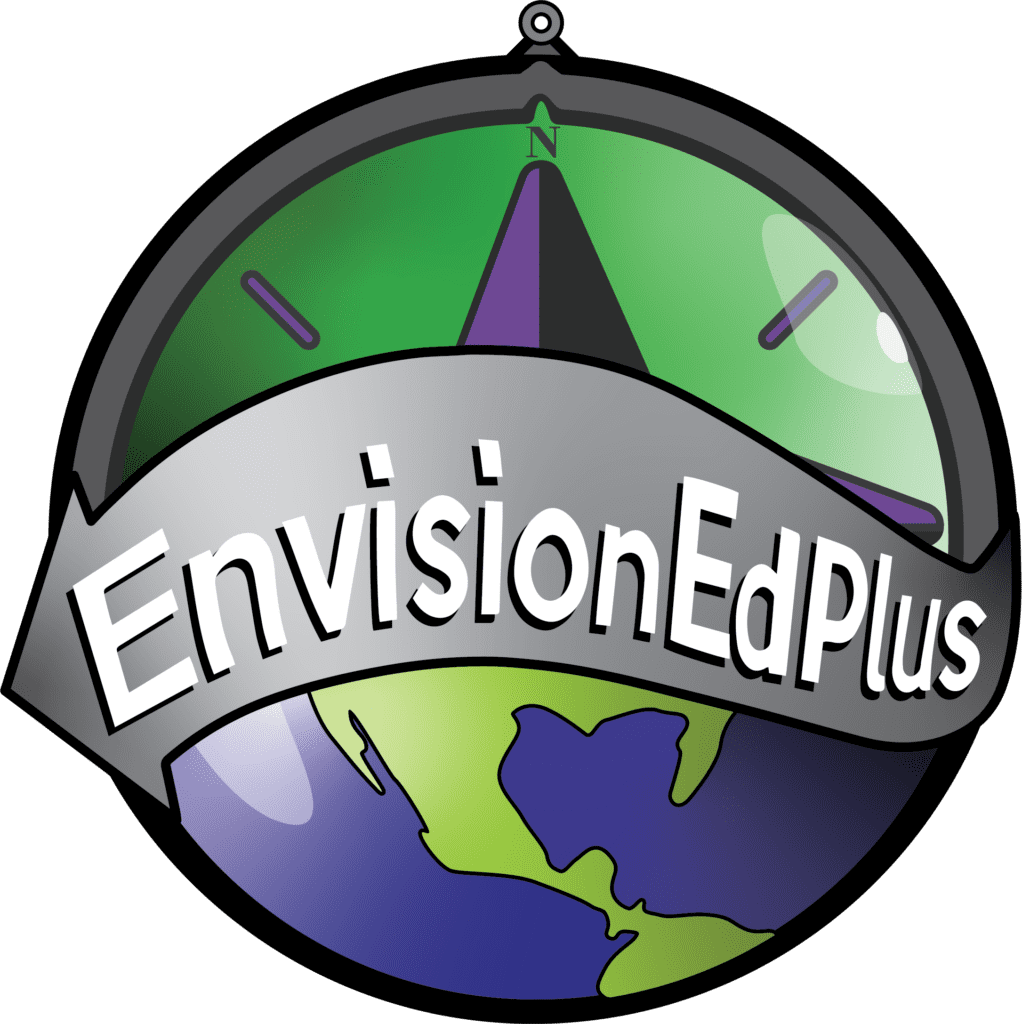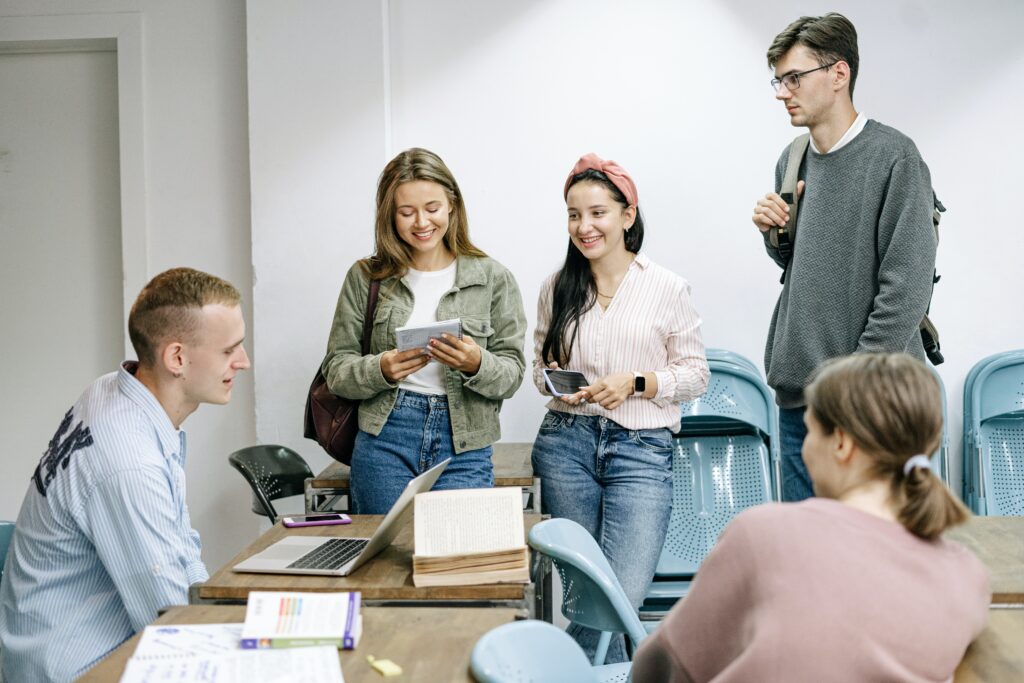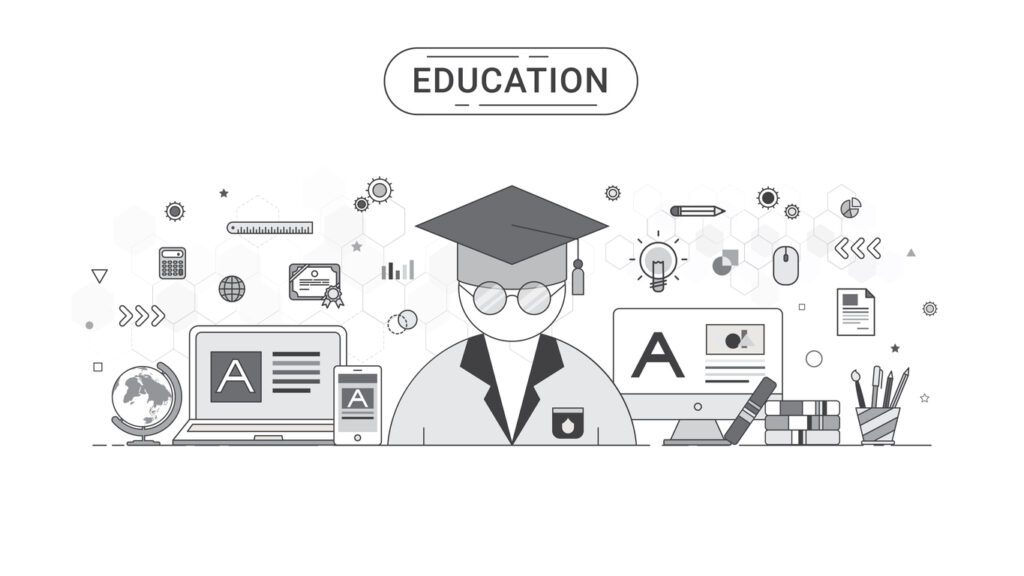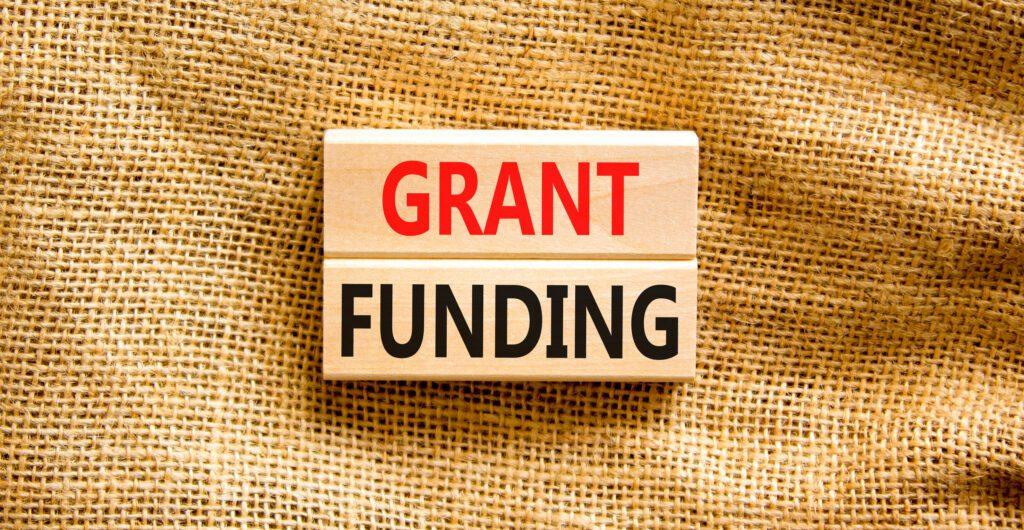As a former social studies teacher who married an art teacher and raised an artist, a musician and a physical health specialist, I am thrilled with Ohio’s strategic plan for education Each Child Our Future. (Haven’t read it? check it out – it’s awesome!) With this plan, Ohio is shifting the state’s focus from high stakes testing with high value primarily on literacy and math to a whole-child approach emphasizing teaching, learning, equity and cross-sector collaboration to prepare for each child for success after high school. Within this new framework, Ohio seeks to ensure that each child is challenged, prepared and empowered for success beyond high school so they have the tools to become resilient, lifelong learners.
What does educating the whole child mean in practice for our schools?
Most importantly, this means that our leaders and teachers should be developing systems in our districts, schools, classrooms and communities that ensure each child has equitable access to learning experiences in each of four learning domains defined in the state’s plan.

I’ve never met an educator who disagrees with this idea. The struggle comes with TIME. It can feel daunting for classroom teachers to create and deliver concrete experiences that build skills in each domain. This is why EnvisionEdPlus focuses – rather than on the individual domains separately – on supporting our partners to re-envision systems so learning is more integrated and connected to student interests, needs and future plans. This approach embeds learning experiences addressing all four domains every day for each student. We also firmly believe that learning happens everywhere, so our approach is inclusive of before, after and summer learning experiences, work-based and service-learning, family engagement, and industry/community partnerships.
As leaders discover community-wide strategies that can positively affect youth outcomes, their next question is: How can we actually do this? It can take significant investments of time and sometimes money to plan for and build capacity for these shifts.
Connecting Strategies, Resources and Funding to Re-envision Whole Child Education
Strategies that Engage the Mind – aka – STE(A)M Pedagogy
One of the most effective strategies for teaching to the whole child is through the use of STEM pedagogy, which includes problem-based learning. Unfortunately, STEM can get a bad rap because some people think that means focusing on science, technology, engineering and math to the exclusion of the arts, recreation, health, wellness, etc. EnvisionEdPlus, the Ohio STEM Learning Network and others sometimes refer to STEM as ‘strategies that engage the mind’.
Resources and Funding. The EnvisionEdPlus team trains schools to implement STEM pedagogy from a whole child approach. Our friends at the Ohio STEM Learning Network can also connect you with STEM Hubs in your region to provide support, training and networking. ODE offers resources, a STEM Quality Model and STEM Designation to assist schools in this transformation. To learn more from national experts, review Sam Houston’s 2018 Redefining STEM Education; North Carolina STEM Center’s Commitment to STEM; and Jonathan Gerlach’s Deconstructing a STEM Classroom.
Need funding? Check out some of these opportunities.
- Find STEM Grants on our website;
- Battelle’s Informal STEM Learning Grants (central Ohio only – due March 2, 2020); and,
- NEA Foundation website has STEM grants too.
Linking Academics, Social Emotional Learning and Mental Health
We believe all youth can thrive, in school and beyond. We also believe that in order for this to happen all youth need access to learning supports that meet their individual needs. Miami University’s Center for School-Based Mental Health provides a wealth of tools and training to help formal and informal learning educators build their skills for identifying challenges that impact a young person’s success in school and providing appropriate supports to students and families. We can’t wait for their 2020 Success Conference (June 25-26, 2020).
Remember, the need to link academics, SEL and mental health doesn’t stop at the schoolhouse doors. Connecting with the Ohio Afterschool Network and OSU LiFEsports can further expand your toolkit to support youth during informal learning time. It’s not too late to register for OAN’s Best Foot Forward conference coming up next week. We’d love to see you there!
We also encourage you to learn about EnvisionEdPlus supports like Trauma Skilled Educators Framework and our mental health training in partnership with Still-Light Seminars. Visit ODEs Integrated Student Supports website for tons of tools and resources, including PBIS, student wellness supports and grants.
Funding for Learning Supports includes:
- Ohio’ School Climate Grants for Elementary Schools (due March 12);
- 21st Century Community Learning Center grants (due April 24);
- Ohio Student Wellness and Success funds;
- US Dept of Education School Climate Transformation Grants (will open in July 2020); and
- Ohio’s Comprehensive Literacy State Development Grant (due March 25).
See our blogs on school climate, culture and mental health supports: Supporting Adults so each Youth Thrives and Evidence Based Resources to Support the Whole Child |
Preparing EACH Student for Success Beyond High School
Ohio’s Strategic Plan for Education and the state’s new graduation requirements moved the goal line for high schools. because each year, thousands of high school graduates walk across the stage, unprepared for the future. Too many flounder in college are unclear about their future. Too many are clueless about ‘adulting’. Using Ohio’s ONE goal as a guiding light, we assist high schools as they develop systems so each student graduates prepared for their “E†– enrolled (and persisting) in post-secondary education or training, enlisted in the US Armed Forces, engaged in a fulfilling vocation or employed in a job that pays at least a living wage.
Some educators feel that the state hinders their ability to innovate, but in reality Ohio has tremendous options for flexibility and innovation which are often untapped. We encourage school leaders to explore Ohio’s flexibility options which include: integrated coursework and simultaneous credit, work based learning and flex credit. Additionally, the single most underutilized flexibility option in Ohio is the Innovative Education Pilot Waiver, which could be a game-changer for schools and districts.
| Learn how you can join our high school innovation efforts: Operation Graduation Design Labs, Work Based Learning that WORKS, and LaunchPad. |
High School innovation funding includes:
- Innovative Workforce Incentive Grants (due March 1);
- Expanding Opportunities for Each Child Grants (expected to open again late spring 2020); and,
- Ohio’s Comprehensive Literacy State Development Grant (due March 25).
Interested in learning more, contact Tricia Moore at [email protected] or 614.357.4439.











